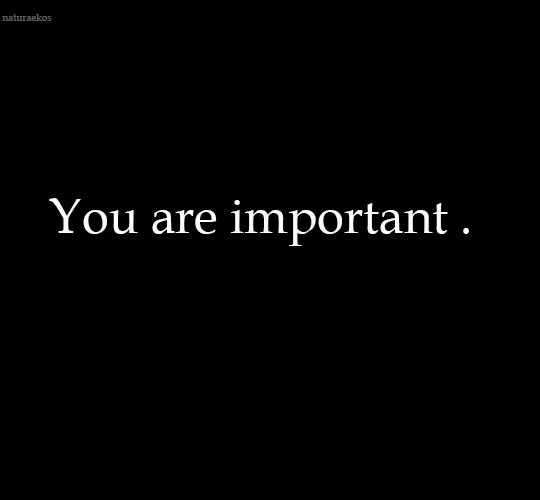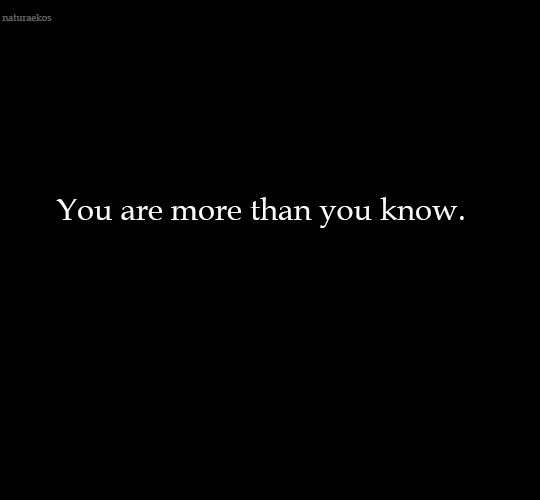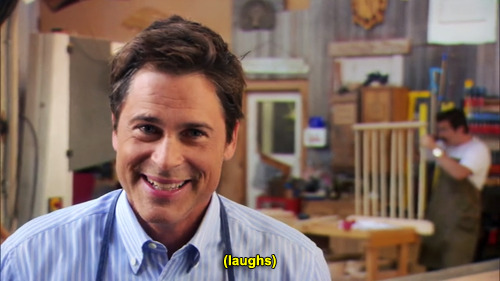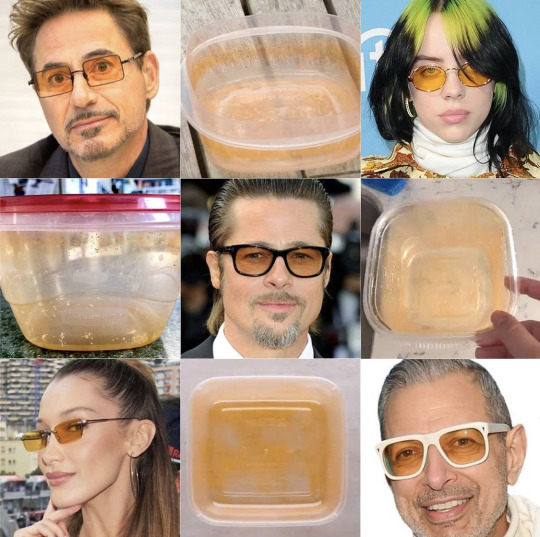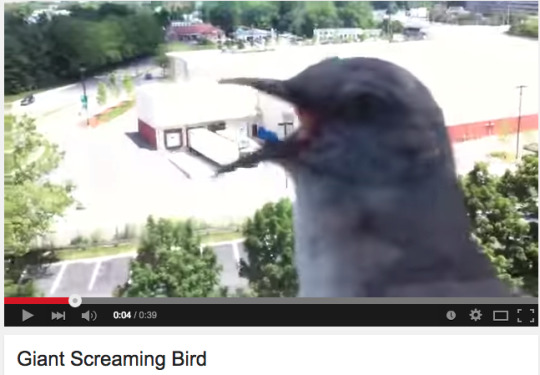Hang in there. There are things and people worth staying alive for.
Don't wanna be here? Send us removal request.
Text
How to be an Awesome Partner
1. Don’t take your partner for granted
2. Show affection, and express your love
3. Say what you appreciate about your partner
4. Be thoughtful; make that extra effort
5. Be careful with your words
6. Apologize
7. Don’t bear grudges
8. Take care of your own emotional needs
9. Try to understand their point of view
10. Believe in them, and want the best for them.
708 notes
·
View notes
Text
“Never give up. We only have one life. Then fight for it.”
—
14K notes
·
View notes
Text
“Sometimes, carrying on, just carrying on, is the superhuman achievement.”
—
9K notes
·
View notes
Text






Some time in 1958, though no one is sure of the exact date, fish quite literally dropped out of the sky into Lake Atitlan in Guatemala.
Raining down from seaplanes, the black bass proceeded to eat the local crabs, snails, fish and even duck chicks. They were part of a plan by Pan Am, the American international airline, to encourage more tourism to Central America’s deepest lake by populating it with a popular sport fishing species.
The plan didn’t work. But what the invasive fish did manage to do was decimate the local biodiversity and kill off an estimated 16 native fish species. The Atitlan grebe, a duck only found at the lake, dwindled from 200 in 1960 to fewer than 100 by 1965.
In fact, in 1964, the American ecologist Anne LaBastille, known internationally as the “Woodswoman”, came to Guatemala on a mission to save the Atitlan grebe.
The mottled black and brown duck nested in the reed crops grown by the local Indigenous people who have used the reeds to weave mats for more than 800 years. But LaBastille was convinced that the harvesting of the reeds by the Indigenous farmers was disturbing the duck’s nesting and reproduction. So in 1968, she intervened with the central government to introduce a law which would “avoid excessive cutting” of local “tul” reeds on Lake Atitlan.
“The result of the restriction,” writes Juan Skinner, a researcher and environmentalist who founded the Authority of the Sustainable Management of Lake Atitlan and its Environment (AMSCLAE), “caused people to plant and maintain only half of their original plots, reducing the nesting habitat to half, instead of protecting it as it was intended.”
By the mid-1980s the Atitlan grebe, a species unique to the lake, was extinct.
The Atitlan grebe, Anne LaBastille and Pan Am are long gone now.
But the Indigenous communities which make up the local area’s more than 380,000 population - 95 percent of which are Indigenous Maya, remain. And so does their mistrust of outsiders who they believe do not understand the lake’s complexity, or their deep connection to it.
So five years ago, when a big project to clean the lake of growing pollution was publicly championed by then vice president Jafeth Cabrera, the locals were understandably wary.

“My relationship with the lake is logical,” she explains, “without the lake there is no life.”
Grandmother Lake, as she calls it, is also a healing lake. Guatemala’s brutal civil war, which lasted from 1960 to 1996, saw 200,000 people killed, most of them Indigenous Mayans. But Paulina remembers how, after 14 people were massacred at the lake in 1990, when the Guatemalan army opened fire on civilians, the women submerged themselves in its waters to wash away their troubles.
And in turn, when the cyanobacteria bloom blanketed the lake in 2009, alarming Paulina and others, women in the community waded in to heal the lake with their own hands, using baskets, cloth or buckets to scoop out the algae and stop the contamination from growing.
For a short while, after they gathered to pray for the health of the lake, their living ancestor, it seemed like it was recovering. But smaller cyanobacteria blooms would return with increasing regularity and preoccupy more of Paulina’s thoughts and time. […]


“One of the largest problems we have in Lake Atitlan is raw sewage going straight into the lake,” he explains. “It’s been going on for years and years. And so our proposal is to conduct all these raw sewage waters through a tubing system and collect them on the south. That’s basically it - it’s to prevent the dirty waters from going into the lake. However that’s how it started and it quickly became a much larger project, a project that deals with the sourcing of fresh water for people and then the collection of their sewage.”
And it is this very project which worries Paulina - the project known as the “mega-collector” by its critics. Developed by Amigos del Lago, it would install pipes all around the lake to collect wastewater from the Indigenous communities and then transport this nutrient-rich water outside the basin to irrigate agricultural lands and generate electricity. It would cost an estimated $215m and would rescue their dying lake - or, at least, that is what Jose believes.
He says that raw sewage is flowing into the lake at a rate of 300 litres per second - a guesstimate, he explains, that comes from the local authority for the sustainable management of the lake. […]
While the Indigenous communities’ right to consultation for a project like this is enshrined in UN law, the Amigos, who commissioned two American scientists to develop this project, were able to go straight to the (now ex-) vice president of Guatemala Jafeth Cabrera for project support. In fact, in July 2018, during a ceremony for a new market, the vice president, who was also in charge of the country’s lakes, told residents that he was working to get funding for the project. Jafeth Cabrera did not respond to invitations to comment.
At community meetings against the project in Santiago and San Pedro, the mistrust and indignation at being ignored are repeated by many.

——-
Headline, images, captions, and text published by: Arwa Aburawa. “The grandmother lake: Conservation and colonialism in Guatemala.” Al Jazeera Media Network. 22 April 2021.
811 notes
·
View notes
Text
““My heart is stronger now, because you’re in it.””
—
27K notes
·
View notes
Note
Where do you see yourself in 5 years?
Look buddy, i’m just trying to make it to Friday.
649K notes
·
View notes



